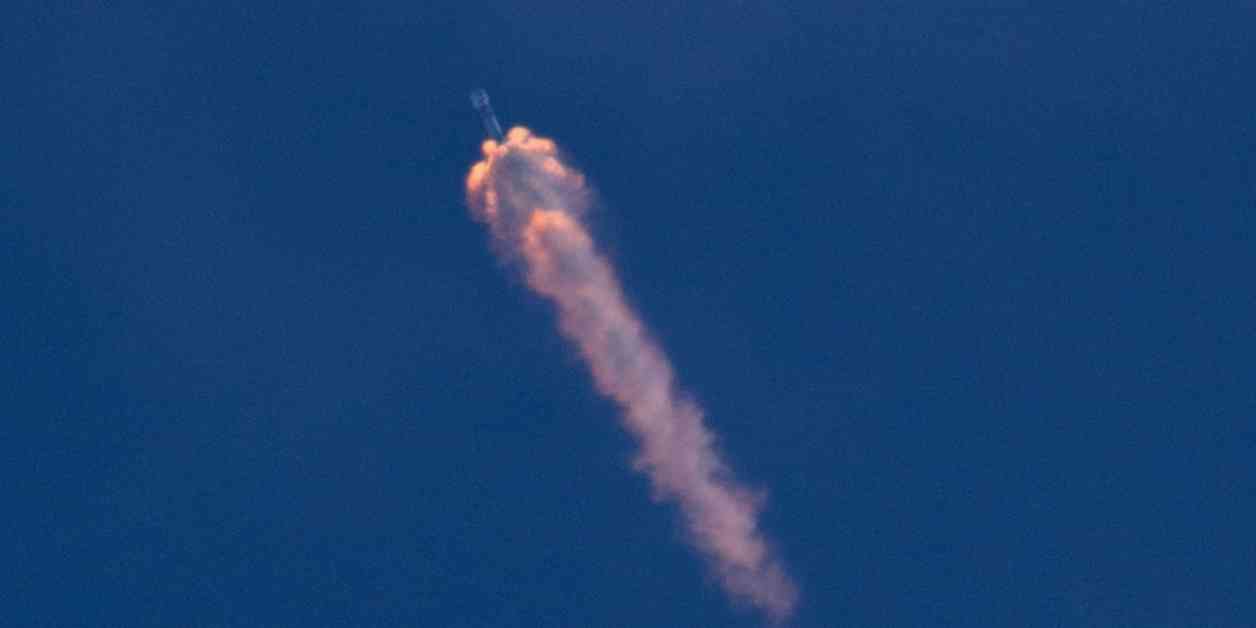SpaceX successfully launched the Earth Cloud Aerosol and Radiation Explorer (EarthCARE) satellite into low-Earth orbit from the Vandenberg Space Force Base in California. The mission of EarthCARE, a joint project between the European Space Agency and Japan Aerospace Exploration Agency, is to investigate the impact of clouds and aerosols on the heating and cooling of Earth’s atmosphere. This launch marks the seventh flight for the Falcon 9 first stage booster involved in this mission, showcasing SpaceX’s commitment to reusability.
In addition to the EarthCARE satellite launch, SpaceX also sent 23 Starlink satellites into low-Earth orbit from Florida’s Cape Canaveral Space Force Station on the same day. The company’s successful deployment of multiple satellites demonstrates their growing presence in the space industry and their ability to handle complex missions with precision.
The launch of EarthCARE highlights the importance of studying the Earth’s atmosphere to better understand climate change and environmental factors affecting our planet. By exploring the role of clouds and aerosols in regulating temperature, scientists hope to gain valuable insights into how these elements contribute to global warming or cooling trends. This research could potentially lead to advancements in climate science and help inform future environmental policies.
Furthermore, the collaboration between different space agencies, such as the European Space Agency and Japan Aerospace Exploration Agency, demonstrates the significance of international cooperation in space exploration. By pooling resources and expertise, these organizations can tackle complex scientific challenges and achieve breakthroughs that benefit all of humanity.
Overall, the successful launch of the EarthCARE satellite by SpaceX represents a significant milestone in our understanding of Earth’s atmosphere and the factors influencing climate change. As we continue to explore the mysteries of space, we are also uncovering valuable information that can shape our approach to environmental conservation and sustainability for the future.




